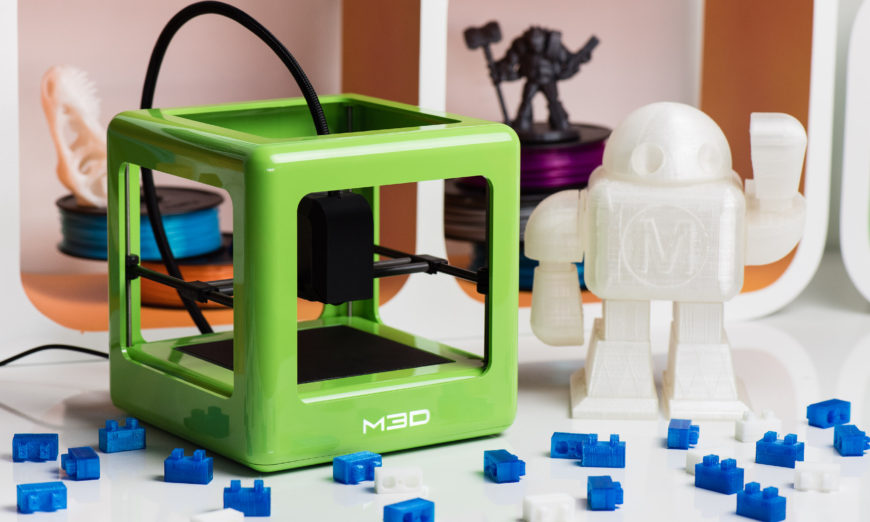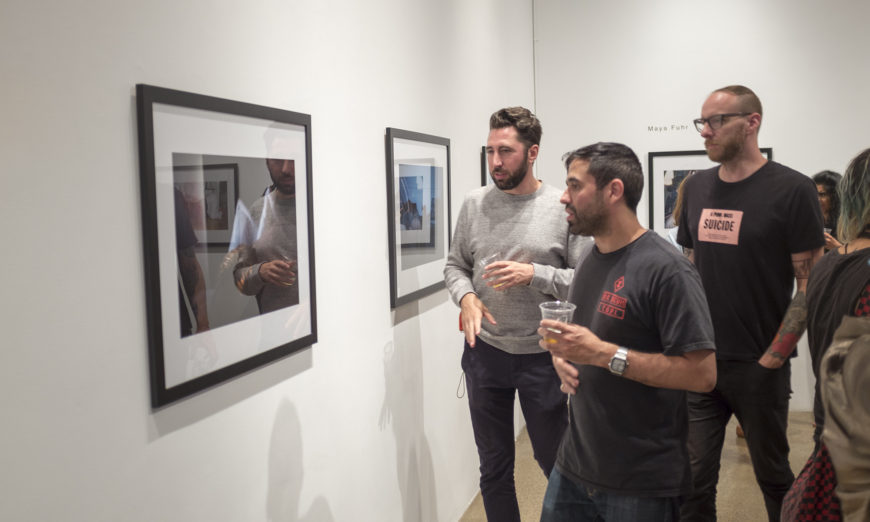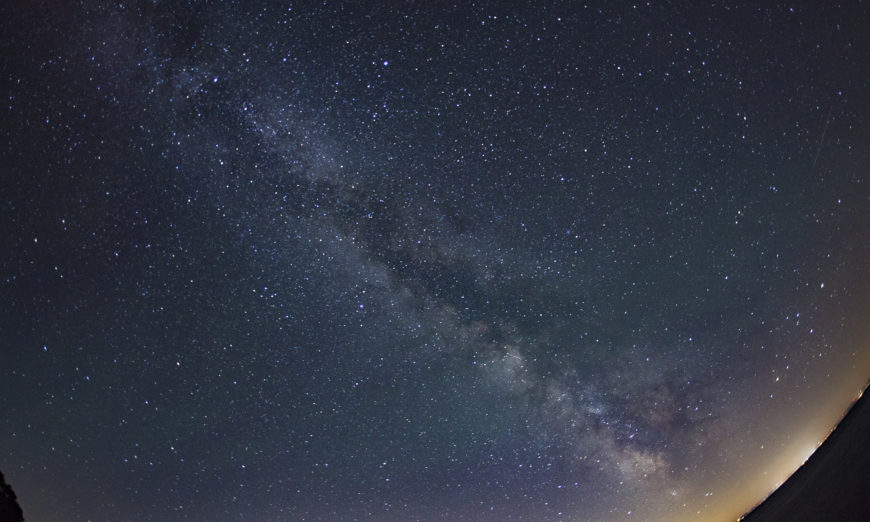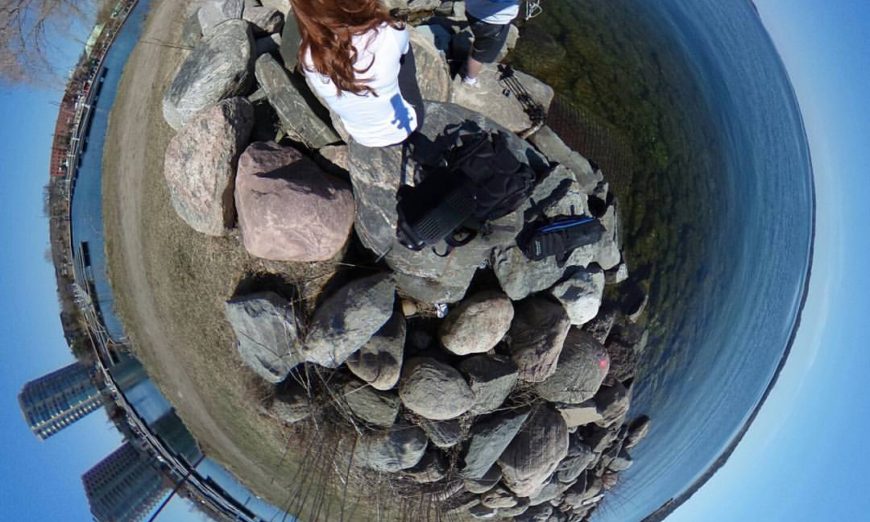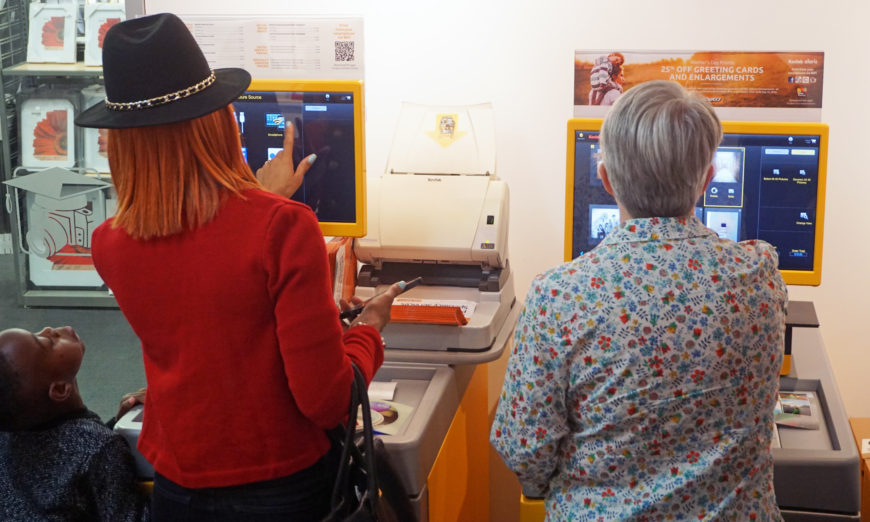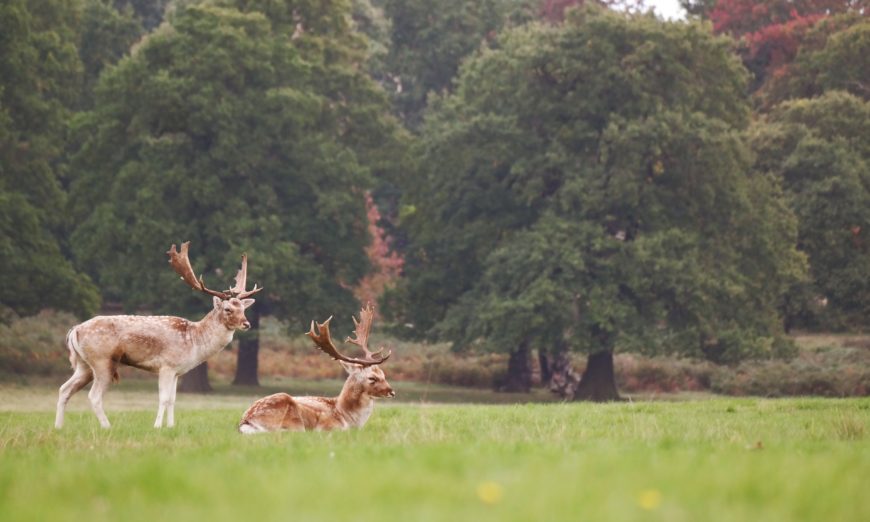3D printers have been around for a few years now and although the technology is already capable of many things we never thought possible, it is still growing and evolving every day with new advancements in 3D technology.
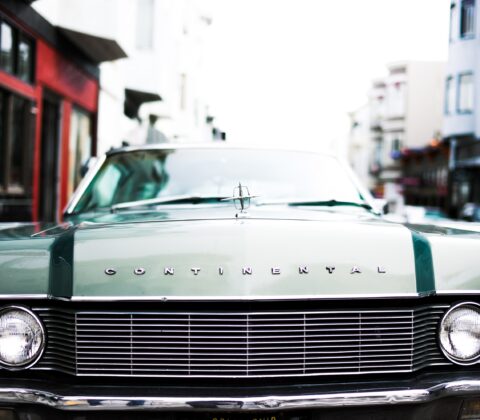
Now's a good time to revisit the Exposure Triangle as the season has changed into Autumnal equinox, which also means a change in outdoor lighting and sceneries that will entice a l... Read More...
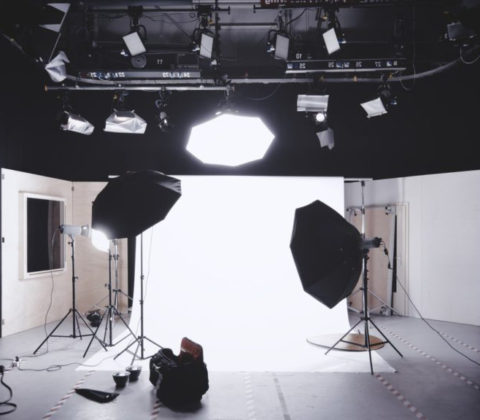
In Setting Up Your First Photo Studio: Part 1, we looked at the ... Read More...
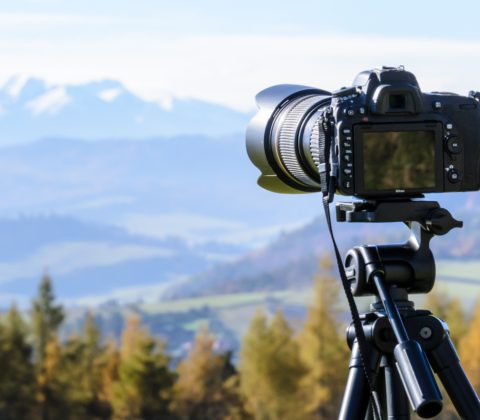
Originally tripods came with a single head. They usually had two arms, one for panning movements, and one for tilt movements, and the mounting plate would also flip to vertical. We... Read More...
To celebrate the release of their photo issue, Henry’s partnered with VICE Canada to host their annual photo show at Only One Gallery in Toronto, featuring work from some of the most influential photographers in the field.
Why A Grey Card Is A Smart Bag Item
BY Ross Chevalier August 22, 2016 Learning
After much experimentation, math and more experimentation, it was determined that the general average tonality of a scene was approximately 18% grey.
6 Tips for Stellar Photography
BY Scott Jarvis August 10, 2016 Astro
Want to take stellar astrophotography shots?! The Perseid meteor shower is said to peak from late midnight August 11 to dawn on August 13. Here are a few useful tips to help you make the most of it and capture awe-inspiring shots.
Getting Started With 360 Video
BY Ross Chevalier August 9, 2016 Gear
The hot subject this season appears to be the idea of being able to easily create 360 degree panorama stills and videos. This technology is still very early in its lifecycle but there are some very interesting pieces coming available.
Get Camera Ready: Flowers
BY Henry's August 4, 2016 Quick Tips
Taking good quality pictures of flowers can seem intimidating, but it can be so rewarding too. Using one of the many new printing options available today – acrylic, aluminum or just timeless framed prints – you can turn your photo into wall art and enjoy them all year around.
Apexel Mobile Lenses: Evil Eye Series
BY Scott Jarvis July 21, 2016 Gear
Today just about everybody around has a smartphone and with the constant improvements being made to the cameras inside these phones, people are relying on them now more than ever.
In May we had the privilege of hosting a photo printing event along side our friends at Kodak. We invited a variety of Mommy Bloggers from across the GTA,…
Adobe Photographer’s Bundle – Lightroom Mobile
BY Ross Chevalier July 18, 2016 Quick Tips
I do not carry a laptop with me all the time. My master Lightroom library is on a NAS attached to the network in my office. Yet when I am on the road, I can still use Lightroom on iOS…
What is Lens Compression?
BY Ross Chevalier July 11, 2016 Learning
When used effectively, lens compression can create a sense of diminished space, of crowding and of limited freedom. It can create viewer tension and even discomfort.
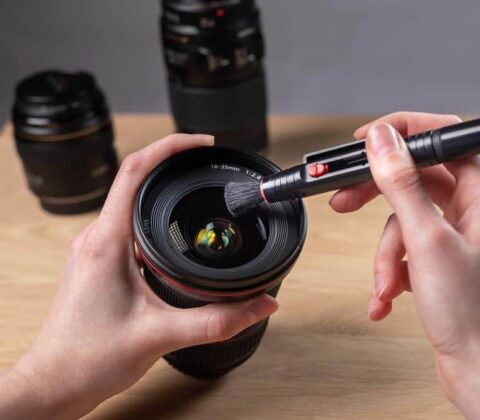
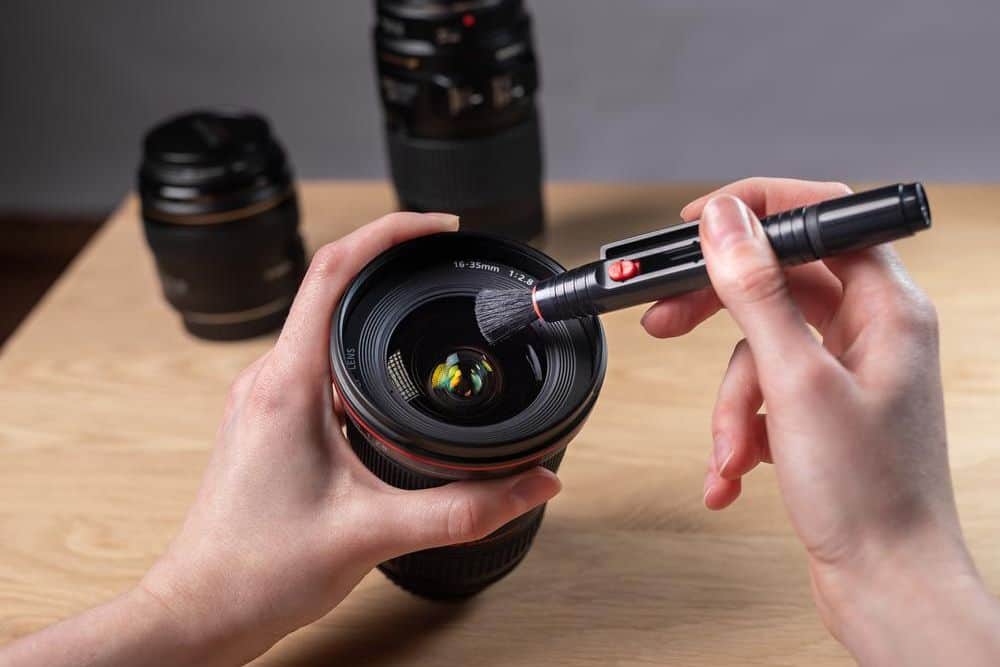 Read More...
Read More...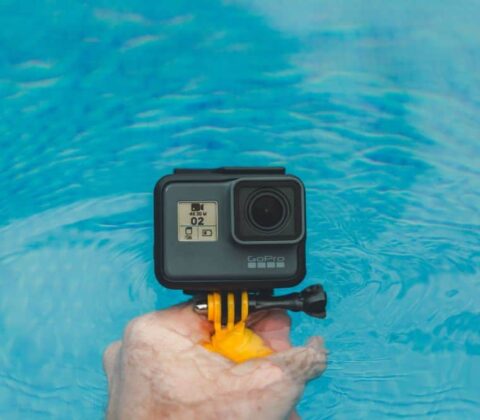
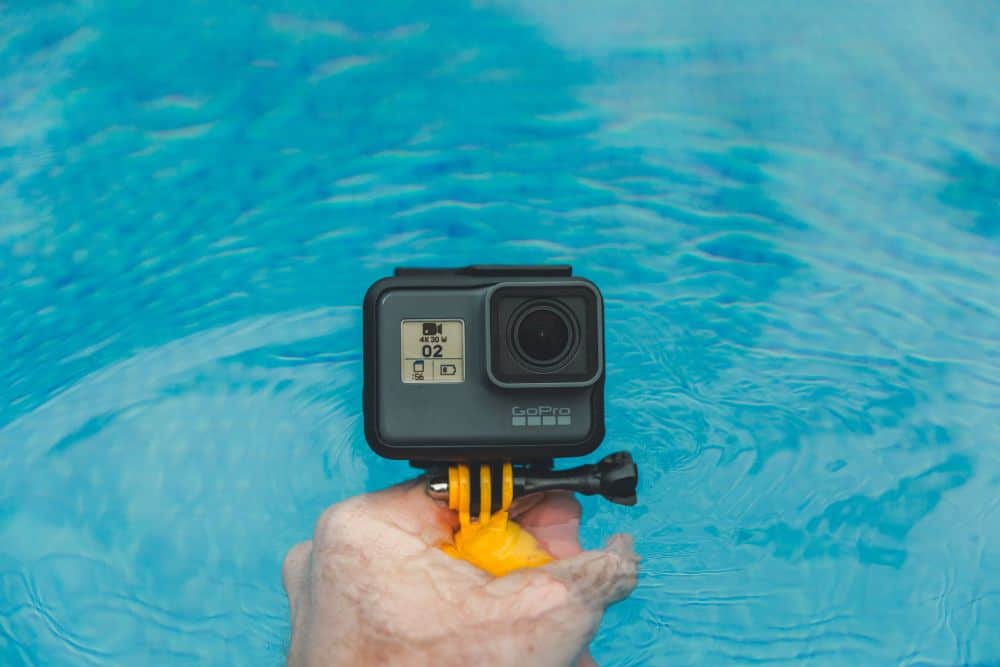
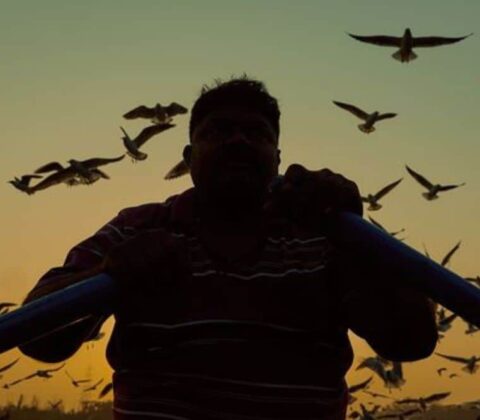
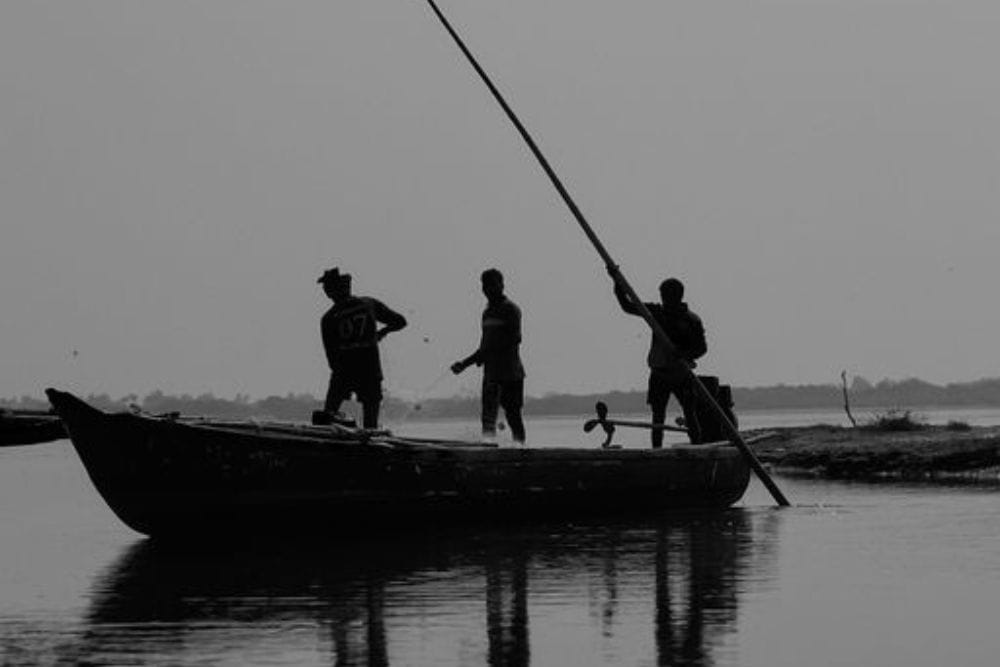 Read More...
Read More...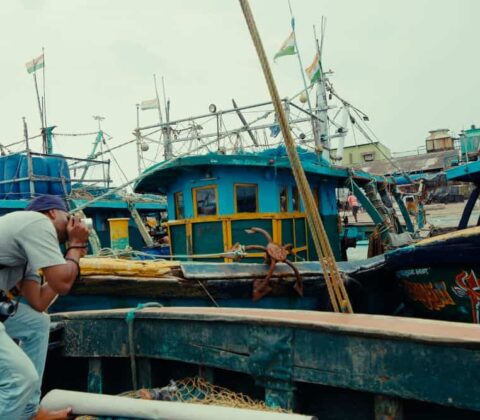
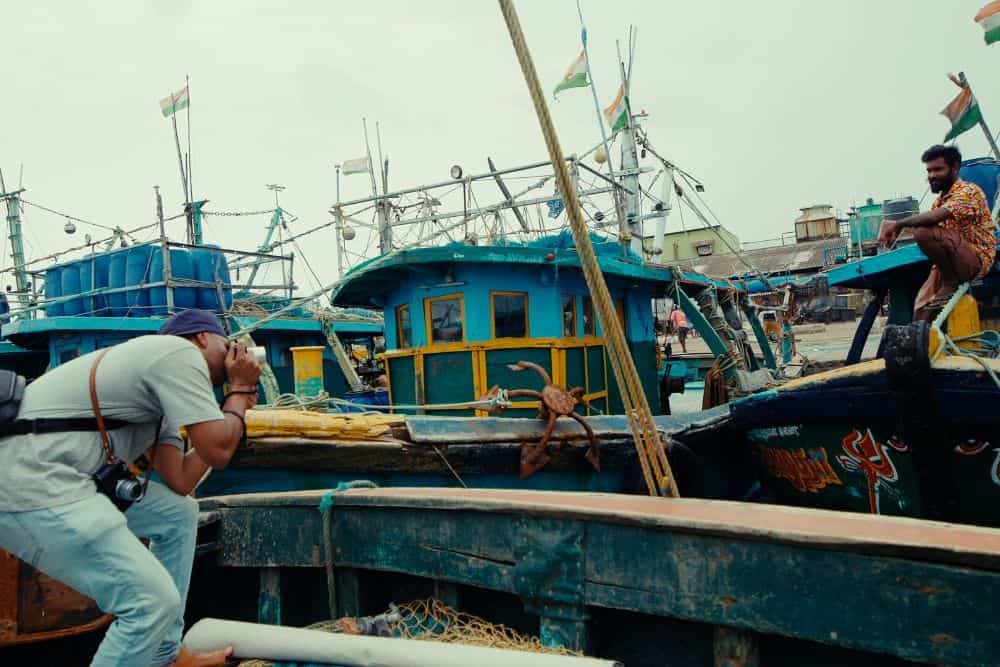
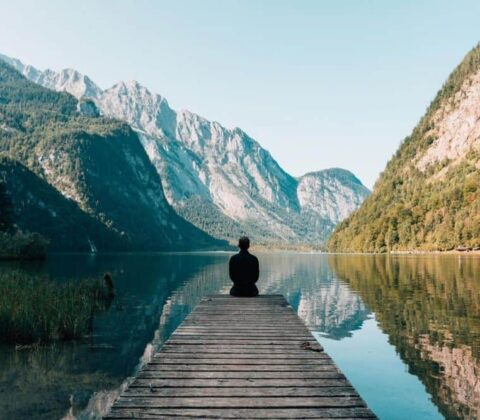
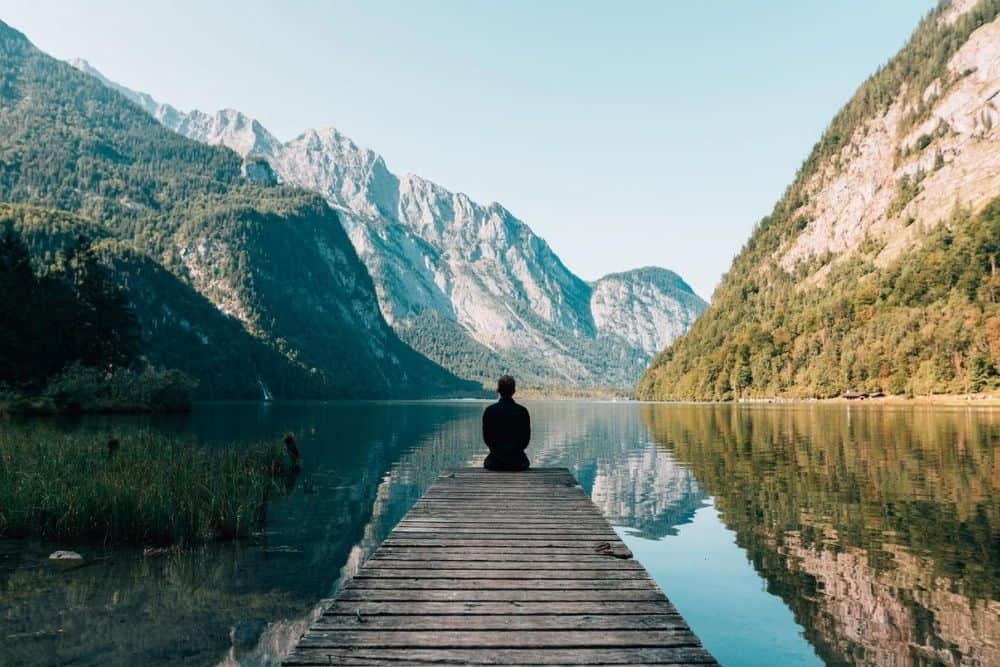 Read More...
Read More...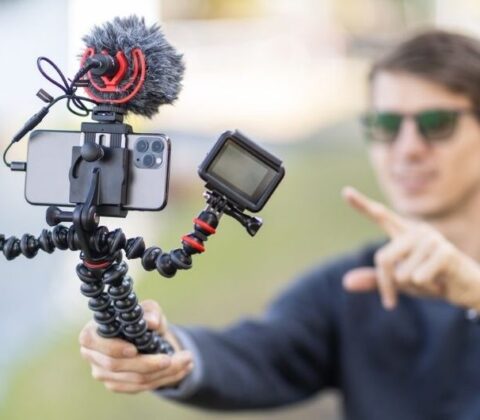
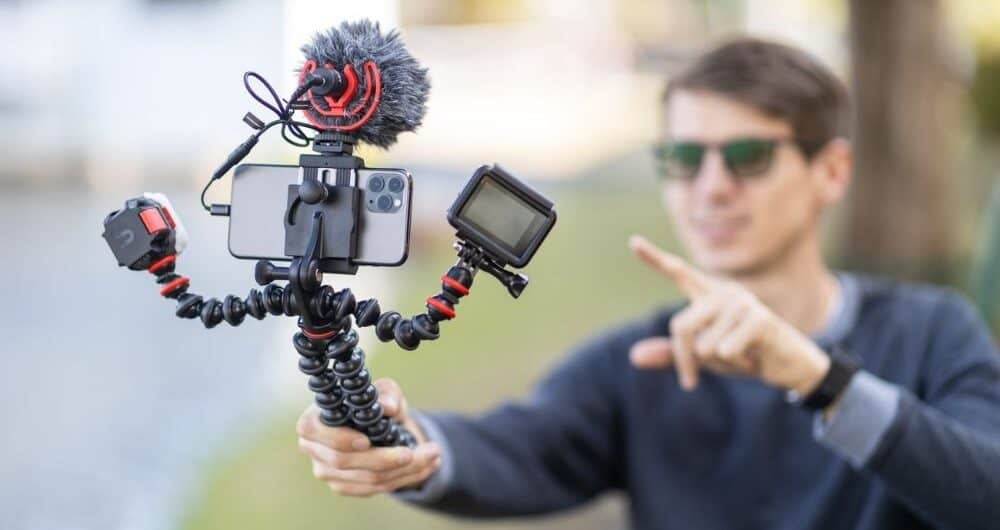 Read More...
Read More...
